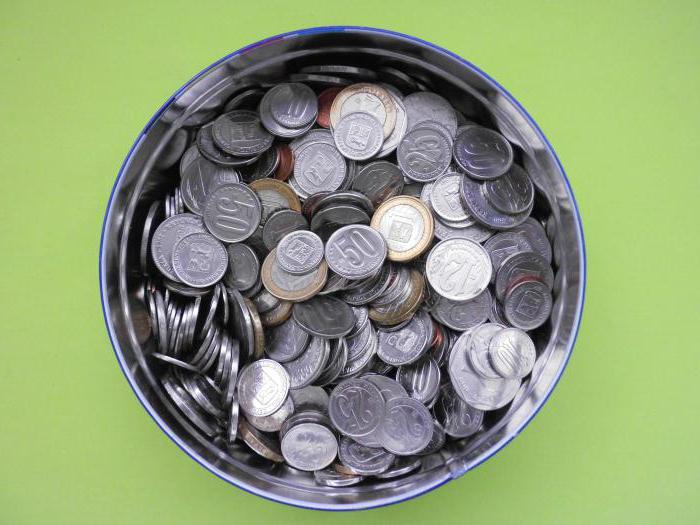Currencies of different countries are quite significantly different from each other. And the point here is not only in purchasing power, but also in appearance, and most importantly in the history of occurrence and what is currently happening with these monetary units.
Appearance story
The current currency of Venezuela is called bolivar, but this was not always the case. At the dawn of the formation of this country, its currency was called venesolano. This continued from 1871 to 1879. Later, the bolivar that already existed at that time replaced Venezolano and became the main currency of Venezuela.
Initially, this type of cash was equated to the silver standard that existed in that region, but already in 1887 a gradual transition began towards abandoning silver and moving to the gold standard, which ended successfully in 1910. For a long time, the Venezuelan currency showed itself just fine, being one of the most stable among the countries of Latin America, however, due to various events, already in 1983 it began to rapidly depreciate. The process went so fast, the government was simply forced to take action. As a result, in 2008 the so-called “strong bolivar” appeared, which was exchanged for the old one at the rate of 1000 old monetary units for one new one.

Coins of Venezuela
At the time of the official recognition of the Venezuelan Bolivar as the main official currency, in 1879 the government decided to issue coins of various denominations. Initially, there were such options as half, one, two, and five bolivars in silver. In addition, there was a coin of 20 bolivars made of gold. A little later, a gold coin appeared in 100 bolivars.
However, gradually, as the situation in the country, region and world worsened, means of payment from precious metals were gradually withdrawn from circulation and replaced with standard, metallic coins. Since 1998, exclusively new steel bolivars have been in official circulation, the face value of which starts with 10 units and ends with 500. In addition, there is a coin in 1000 bolivars, however, it is extremely rare and almost never used. In 2007, a new batch of coins was issued, mainly up to 1 bolivar inclusive. They are not widespread at the moment.

Venezuelan Bolivar. Bank note
Paper money first appeared in Venezuela in 1940 when, by decision of the government, a batch of banknotes in denominations of 10 to 500 bolivars was issued. A little later, paper 5 bolivars were also issued, but only for a very short time, since in connection with inflation they practically had no purchasing power. Since 1989, banknotes in denominations of 1 to 5 bolivars are no longer printed and are officially replaced by metal coins. The currency of Venezuela from 1991 to 1998 was supplemented by several more banknotes in denominations from 1 to 50 thousand bolivars. In 2007, Bolivar Fuente officially began to circulate, which translates as strong bolivar. It is exchanged at the rate of 1000 to 1. At the moment, banknotes in denominations of 2 to 100 “new” bolivars have been issued. Absolutely all paper new money is dated March 20, 2007.

Venezuelan Bolivar Course
Despite the fact that initially the currency of Venezuela was oriented to the French franc, subsequently, as in most countries of the world, the American dollar began to exert a greater influence on it. Actually, this situation persists to this day.So, despite significant problems, this universally recognized international currency still retains its position. At the time of this writing, the Venezuelan bolivar was officially equated to the dollar as 4.3 to 1. That is, for one dollar, 4.3 bolivars are given. And this refers to the new, “strong” bolivars.

The ratio with the ruble
Russia has always had its own interests in South America. It is not surprising that now various governments of countries located in this part of the world are actively cooperating and trading with the Russian Federation. The result of the development of these relations was the fact that many citizens of Russia decide to make tourist trips to these exotic places. And, of course, the question arises of how the Venezuelan bolivar is now correlated to the ruble. At the time of this writing, about 15 rubles could be purchased for one bolivar.

Summary
On the whole, the history of Venezuela itself and its monetary units is quite similar to the corresponding periods of almost any world currency. Naturally, there are peculiarities inherent in each individual region. For example, despite a significant drop in the currency of a given country over a long period, the last significant change occurred in 2013. Then Bolivar almost doubled in value. Fortunately, at the moment, the situation is more or less stabilized, and now the ratio that the Venezuelan bolivar has to the ruble has been maintained for quite some time without any hint of a change in the current state of affairs.
An interesting fact is that over a period of time there were several courses. One was used to import medicines and food, the other to purchase “non-priority” groups of goods - transport, equipment and the like. And another course existed on the black market and was significantly different from the other two. After the last fall in 2013, the situation has stabilized significantly, and now there is only one course.
